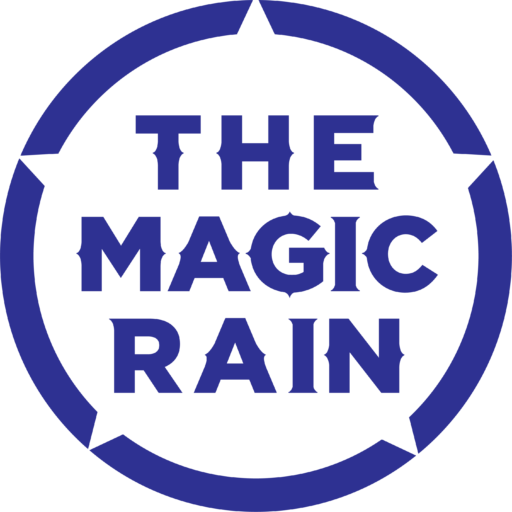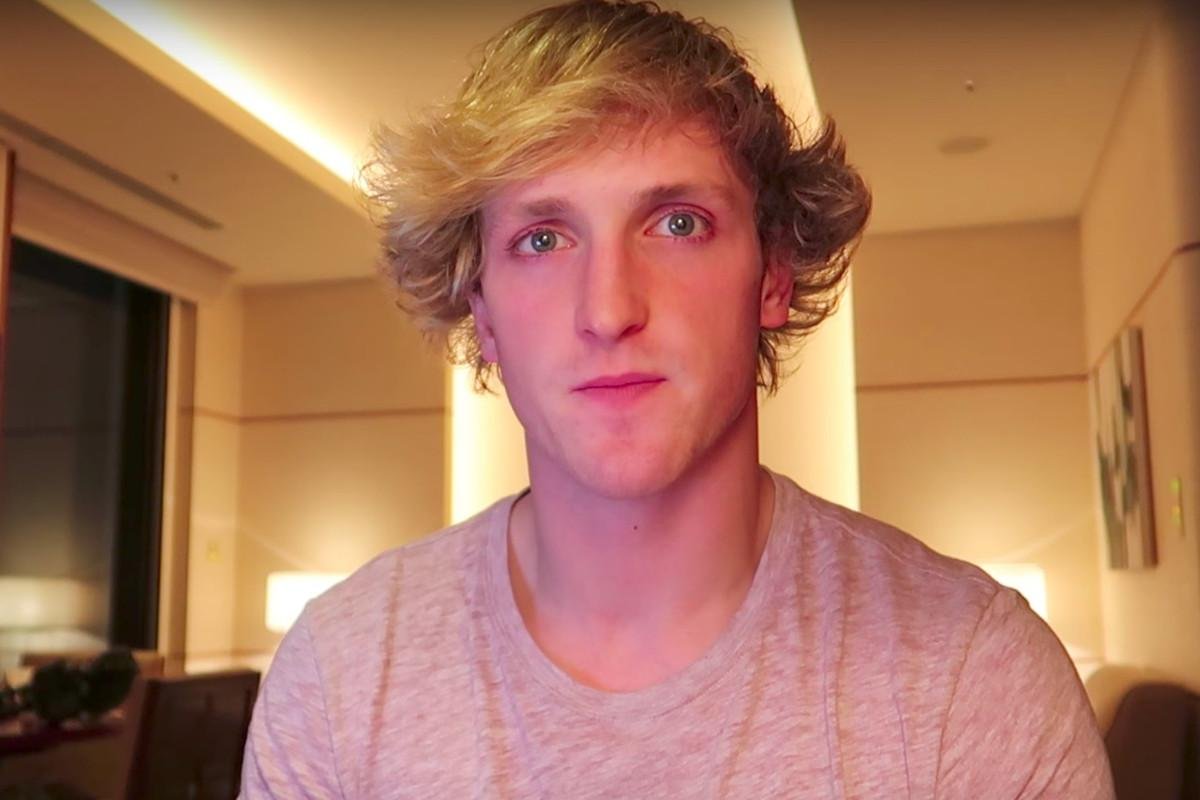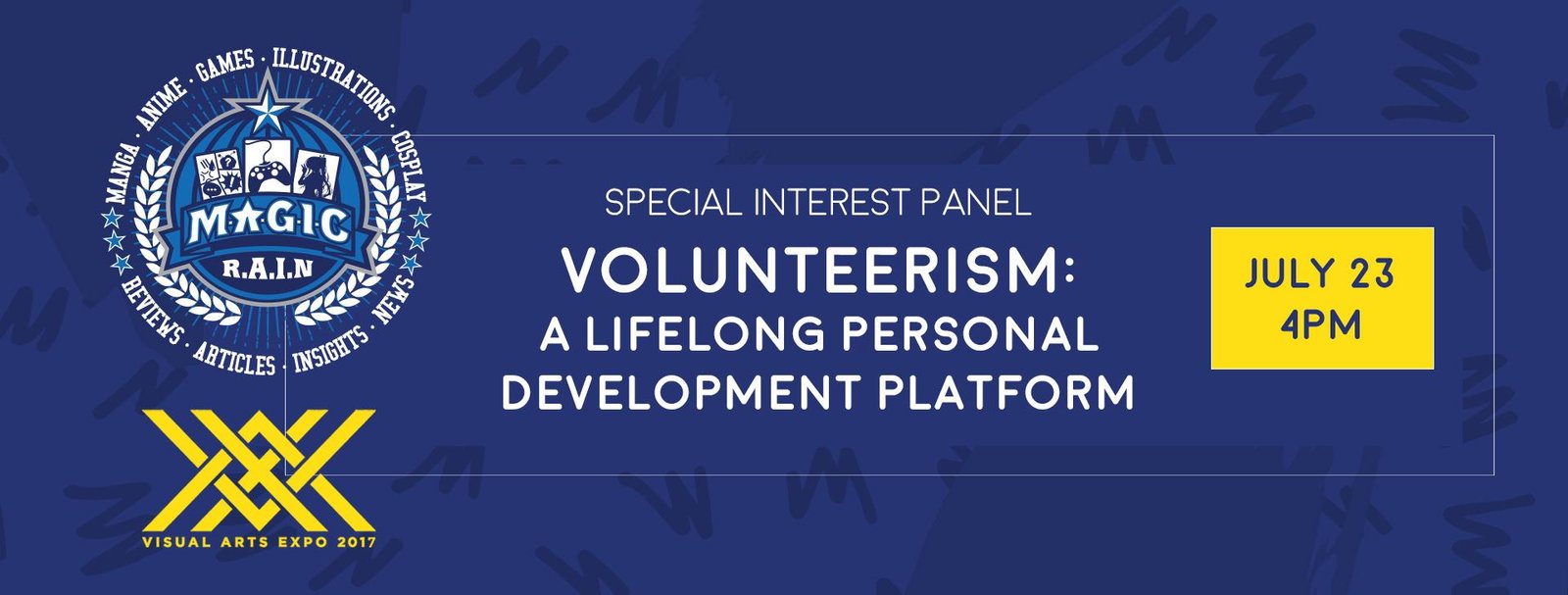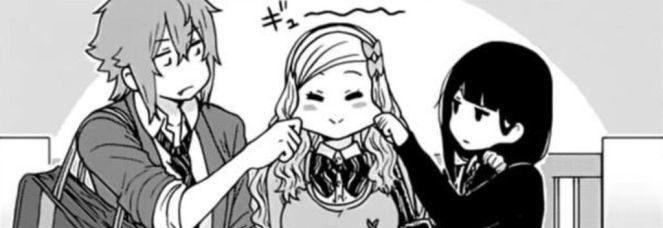At Comic Fiesta 2017, we saw an unusually large focus on the webcomic industry. The event last year invited guests including well-established independent comickers such as Fishball from Malaysia (depicted above), to production teams like Left Pocket Studio and Gempak Starz. As huge webcomic fans ourselves, we were in for a treat as we attended their panels, learned more about their creative process, and picked up some info about the webcomics industry.
For the unacquainted, the concept of a webcomic has actually existed for longer than you may think. Even in the earliest days of the Internet, these amalgamations of hand drawn pictures with words have managed to creep its way onto the interwebs, pixel by pixel. However, the distribution of webcomics existed on a purely “need-to-know” basis. As in, if you needed to read the next chapter of something, you looked for the people who knew where to get it.
Back then, the original definition of a “web comic” was incredibly broad, and included a mixture of manga and Western publications. Today (or at least, in Malaysia), when you hear the word ‘webcomics’, people are generally referring to Korean webcomics or ‘manhwa’ (which are mostly sourced from Naver), Chinese webcomics or ‘manhua’, or webcomics from other countries including but not limited to Malaysia!

Much like how Youtube created its own genre of entertainment, the development of webcomics as a “genre” as well as a career couldn’t have been possible without the available free and legal webcomics platforms. Two famous ones among Malaysian readers are Tapastic and Webtoons, both of which allow users and creators alike to read, upload, and build communities around webcomics at the sweet, sweet cost of free.
For independent artists, platforms like these are their main stepping stones to a career in comicking, and that’s how it worked out for Fishball, the creator of My Giant Nerd Boyfriend. Webtoons in particular was where she found a great chunk of her following for her webcomic, which is about the daily life of her and her boyfriend who – you guessed it – is a giant nerd. Their height differences, eccentricities, and quirky ways of showing love to one another are the main charm points of the series, and clearly, the fans enjoy it. Her webcomic is consistently within the top 10 most popular webcomics on the platform both by genre and age group.
A great component of maintaining that following comes from posting regular updates, as Fishball explained her panel. If she were to take the traditional route of producing a book, it not only takes more manpower and time, it also takes more time for readers to respond to her work.
When posting on Webtoons, she can take advantage of the statistics collection done by the platform’s system, and from there, gauge how well or terribly one of her comic strips is doing. It’s the same for Facebook. Both platforms let her be more experimental without incurring too much cost.

As for more established teams of people, producing webcomics is very much a business. Especially if you’re producing them for the Chinese market. According to Lefty, representative from Left Pocket Studio, the Malaysian webcomic market still has room to grow compared to China where the company is based. There, the climate is more saturated and competitive, leaving a company like theirs constantly on the look out for chances to grow.
Despite the business mindset, however, the company remains dedicated to creating great stories and finding new talent to carry them. Based on his explanation, the company functions much like any regular comic production house would; they pick out artists and writers that they see potential in, then guide them both artistically and story-telling wise in order to create a final product that pleases everybody.
Although the final product ends up on a webcomics platform same as every other independent artist, the benefit of being attached to a company allows them more leeway to expand the intellectual property and conduct business in a way that would be way more difficult when working alone. On that note, if you’re interested in working with Left Pocket Studio, Lefty also shared his email at the panel for this purpose – lefty@leftpocketstudio.com

Our meeting with Lefty showed a glimpse into the future of what Malaysian webcomics could be, but much still remains in the air, all eyes falling on Malaysian comic publishers to make the next move. Later when we met with Gempak Starz, we saw what could be a potential outcome as they announced their plans for 2018 to launch their own free webcomics platform for both Gempak Starz and Comic King.
Seeing well-established companies like Kadokawa Gempak Starz jump on board with webcomics only solidifies my faith for the future of this growing community. If you’re interested in supporting Malaysian comickers, this is an industry you’ll definitely want to keep your eyes on. That doesn’t only include artists like Fishball, but also Kheng Seng (author of Silent Horrors on Tapastic), and the talented group under Maple Comics who all have online presences as well.
But if it’s not your style, you can also check out our other recommendations of webcomics from other parts of the world. Enjoy!












